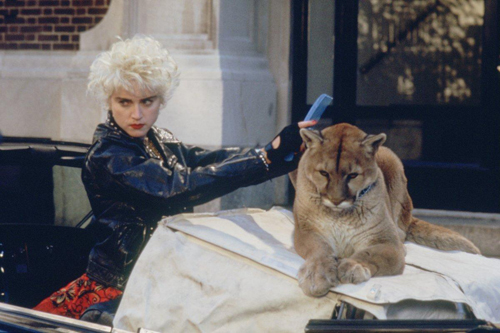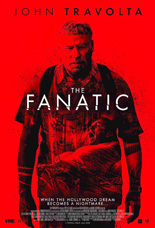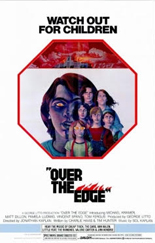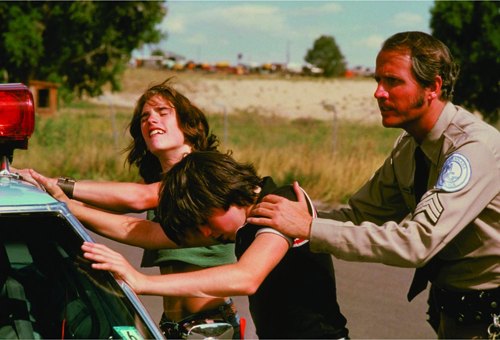
Said many times by many people, I am a rapturous apologist for many movies that most people consider “bad,” “unwatchable” or “sheer slights against God.”
After all, one person’s trash can be another person’s treasure and, many times, I can find a sliver of gold among the absolute dreck, especially that irregular drumbeat plaguing rock-music films like Sgt. Pepper’s Lonely Hearts Club Band, The Who’s Tommy or Can’t Stop the Music.
That being said, Who’s That Girl is complete shit by all accounts and, sadly, I totally agree. Although not her film debut, it became the absolute model of motion pictures to be associated with Madonna and, after 92 minutes, I can see why.
With her constantly braying, ample whines and a high-pitched squeaky-voice that screams “Ain’t I a bad gurl?” to the masses, this modicum of lame humor ingrates from the very beginning. The cartoon opening credits set up Madonna’s whimsical character, who will take stuffed-shirt Griffin Dunne into will-they-or-won’t-they pieces for the movie’s duration, all of them forced and vapid.

Dunne is assigned to get Madonna, a newly released jailbird, on a bus to get some evidence to exonerate her character. On the way, though, she participates in shoplifting and other criminal activities, including buying weapons on the black market and taking charge of an endangered wildcat that, I believe, she doesn’t once feed.
All the while, she speaks in a stupid inflection that’s like nails on a chalkboard.
Now, to be honest, I truly liked Susan Seidelman’s Desperately Seeking Susan when it premiered on HBO, and I also was somewhat enamored with Madonna’s rotating videos on classic MTV … but following it up with the one-two cinematic punch of Shanghai Surprise and Who’s That Girl was too much, even for me.
As a director, James Foley has had a few hits like the Madonna-soundtracked At Close Range and Glengarry Glen Ross, but also misses like Marky Mark’s Fear or Chow Yun-Fat and Marky Mark’s The Corruptor. Turns out, screwball comedy is not in his wheelhouse; hopefully, he burned that wheelhouse down to the ground.
Madonna had her recording career to fall back on, but she’s only part of the problem. Lead actor Dunne (After Hours) is just as blameworthy, because he should had known better. Unacceptable!
While the soundtrack has a few toe-tappers — especially “Causing a Commotion” and the title track — the movie really is one of the worst in the world. Even I can’t come up with a case for it! Playing like a screwball comedy without the screws or the balls, this is not a Girl I want to find. —Louis Fowler











